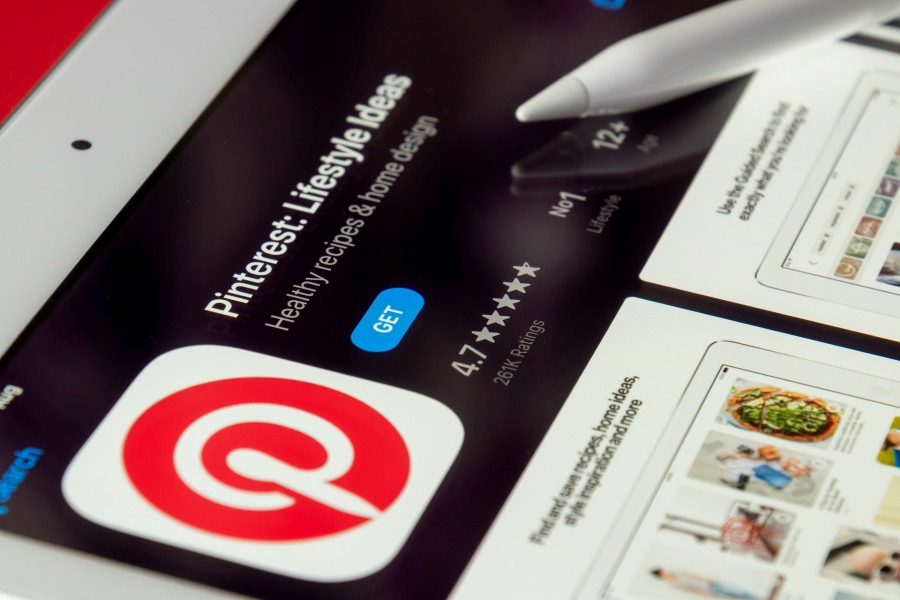
As we’ve covered before, media planning and buying are distinct and vitally important functions for any successful advertising campaign. To be a successful media planner, you need to know what media will be the most effective for a new campaign. You need to conduct internal and external market research, and set the right goals and objectives for your campaign.
To be an effective media buyer, on the other hand, you need to be able to create and leverage contacts. You also need to know when and how to pivot a campaign already in flight to ensure success. At Bloom Ads, we know how crucial each of these roles is to our clients’ campaigns, which is why we’ve always emphasized intelligent and effective media planning and buying.
If you’re finding gaps in your performance or in ensuring the efficiency of your campaigns, you may be wondering if you should take a closer look at your media planning and buying operations. To that end, we’ve put together a simple and straightforward beginner’s guide to media planning and buying to help you make sure that your campaigns operate up to their fullest potential.
Ask the Right Questions
Effective media planning and buying depend on collecting the best information to inform future campaigns. This involves getting questions answered not only from clients but from publishers, too. Here are just a few of the questions we typically ask our clients as we start the media planning and buying process:
- What do you expect to get out of this campaign?
- What is your current CPA (cost per acquisition)?
- What budget are you comfortable spending?
- What have you done in the past that has worked or not worked?
- What creative assets do you have?
- What’s your ability to generate new creative assets?
To make sure you collect all of the necessary information from clients, you should create a media brief. A good media brief will include all of the campaign parameters such as timing, budget, goals, target audience, and market. All of this information will allow media planners and buyers to determine which marketing channels will be most beneficial, cost-effective, and impactful.
As a part of the media planning process, the media brief is only the start. Clients rely on media planners and buyers to collect and provide all of the necessary information to guide the campaign. Once your client has filled out the brief, it’s time to start reaching out to publishers and platforms.
Use the Right Tools
Once a brief is complete, the planner/buyer should instruct the media coordinator to begin research using tools provided by Claritas, Scarborough, Nielsen, and Comscore. This research helps us refine our target audience and understand their media consumption. Usually, more questions result from the research conducted by the media planner and buyer. These questions often include:
- Is the target audience defined by the client accurate?
- Can we refine and flesh out based upon media habits and consumption?
- How and when is the target audience consuming media?
- Is there room in the budget for this media or do we need to rethink our budget or goals?
- How realistic are the conversion rate and return on investment goals?
Once these questions are resolved, a media planner and buyer should create and send out requests for proposals (RFPs) to the relevant publishers and stations.
Always Refine Your Plan
Once the RFPs are sent back, a media buyer and planner should evaluate, negotiate, ask questions, and summarize their findings into a comprehensive media plan. At Bloom Ads, this plan is reviewed internally by supervisors who then communicate the plan to the client.
Often, more questions can arise from this process, which leads media planners and buyers to refine and update their media plan ahead of launch. Here are some common questions our team has for publishers:
- What is your effective CPM (cost per 1,000 impressions)?
- What will be our share of voice?
- What is the ad load in your commercial pod?
- What is your viewability guarantee?
- What impressions will you guarantee?
In instances where a client’s goals and budget are misaligned, or a media planner and buyer discovers more potential opportunities in the market, it can be very beneficial to develop multiple media plans that achieve different goals. At Bloom Ads, we aim to develop strategies that can be multi-integrated across tactics which allow us to reach the desired target audience at the proper frequency and reach.
We also recommend developing stretch goals that, though they often require additional budget than what is provided in the initial media brief, can demonstrate to a client the full range of possibilities available to them. For example, a client may not provide a budget for TV spots, but research uncovers that TV spots would be most relevant to their target audience. We would then recommend a supplemental TV schedule to achieve their goals.
Even if clients do not take advantage of incremental plans or campaigns are limited by budget, it’s good for media planners and buyers to complete their research, gain a full understanding of the market, and communicate those opportunities to clients. It can help inform future campaigns.
Prepare for a Successful Launch
Once a plan is developed and signed off on by the client, the media planner and buyer should ensure everything is prepared for launch. Even after a campaign has launched, knowing when and how to tweak campaigns in flight is fundamental to effective media buying and overall campaign success.
As a beginner to the media planning and buying process, the most important thing to consider is the quality of your information. Getting the most helpful information from clients and publishers will ensure the best media plan is developed and launched.
Of course, if you’re looking for a professional media planning and buying agency in Los Angeles at the heart of the entertainment and media industries, reach out to learn more about how Bloom Ads can help you.



